Need some help with bridge abutments. I have several Microengineering deck girder bridges that are higher above the terrain than the standard abutments from Chooch, etc produce. I like concrete style bridges like those of Allen McClelland had on his V&O. Any ideas? I need help please!!
Why don’t you build your own custom abutments. Just use some peices of extruded foam, cover it with some sheet styrene, and paint it concrete color. Should be easy enough to do.
There’s some info HERE on casting your own, although you’ll have to join if you want to view the accompanying explanatory photos. Membership is free, although donations are always welcome. The site is privately-owned and family-friendly, with no ads or pop-ups.
Wayne
This guys your man in my o/p although he specifies this abutment for an M/E 50’ plate girder bridge I believe this abutment is just what your looking for. I had the exact issue when using Chooch castings with M/E and central Valley bridges as well but his fit perfectly. Also if you like concrete bridges he makes some fantastic stuff
http://www.scalebridge.com/abutments.html

This is one of his bridges done by Lance Mindheim and we all know who he is. I can’t wait to get mine on the layout, hope this helps you out

Here’s an example of the beginning (abutment) of a steel vidaduct trestle consisting of many girder segments supporting ballasted decks.

Mark
MRR in Jan and Feb 2009 had articles on a harbour scene with a low bridge going over the water. There was some good information on how they built the bridge and adjoining landscape.
Dan
I model in N scale and have encountered the same issue. This is what I did:
First, and this was the hardest part, I got up the nerve to take a mitre saw to the “caps” of the abutments and cut them off. Then I used some .080 x .156 strip styrene to make my “stones”. I filed the edges in a random pattern and then layed down my rows.
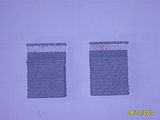
Then I glued the “cap” back on the top. If the bridge and the top of the piers aren’t flush, don’t worry. Use smaller strip styrene underneath the feet of the bridge to make if flush. Here’s what it looked like when I was finished:

After painting, it really blends in. If I had to do it over again (and it looks like I will, since I built my skewed bridge in the wrong direction [banghead]), I would do two thing differently.
- I would use larger strip styrene, maybe .100 x .156 or .100 x .188
- I would use individual “stones” on the outer edges instead of just the one piece of strip styrene from front to back.
I hope this helps.
Scott
Good timing on the thread since I have two 30 inch radius bridges I need and will probably have to build. Is there a source for the Girder material and bridge decking that is bendable and at various lengths?
I fabricated abutments and piers for this bridge from 1/4" plywood.

Other than concrete or masonry bridges, most “curved” ones are actually made-up of a series of short, straight segments. The Micro Engineering Tall Viaduct kit includes instructions for making curved spans, and they’re applicable to scratchbuilt ones, too.
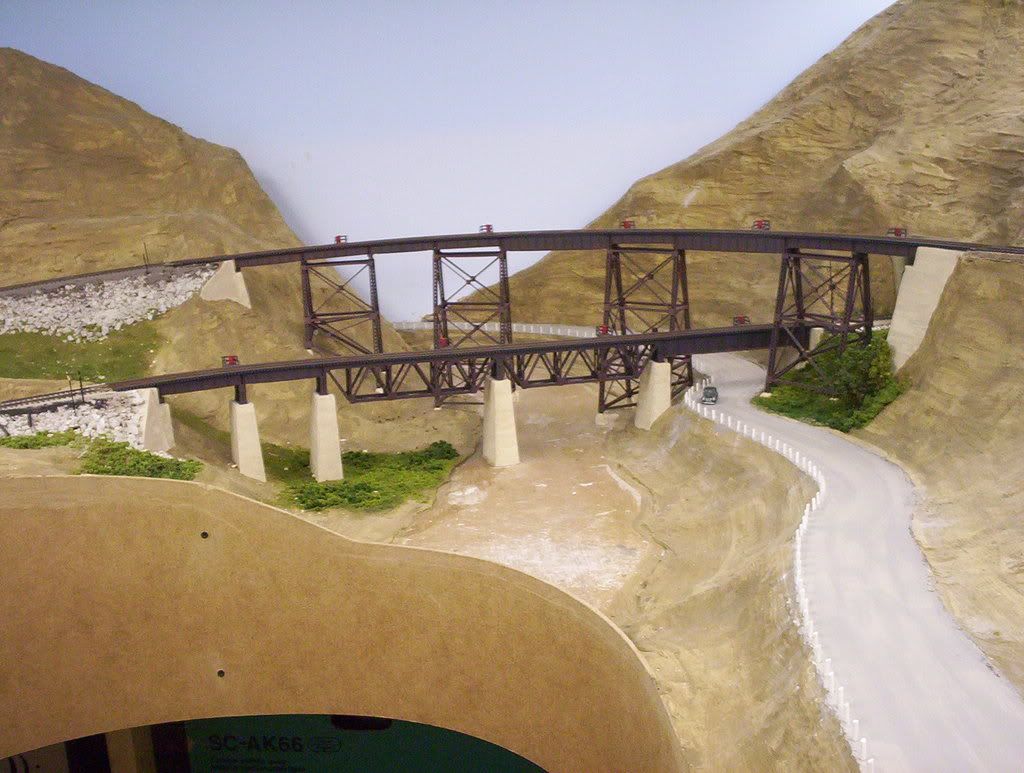
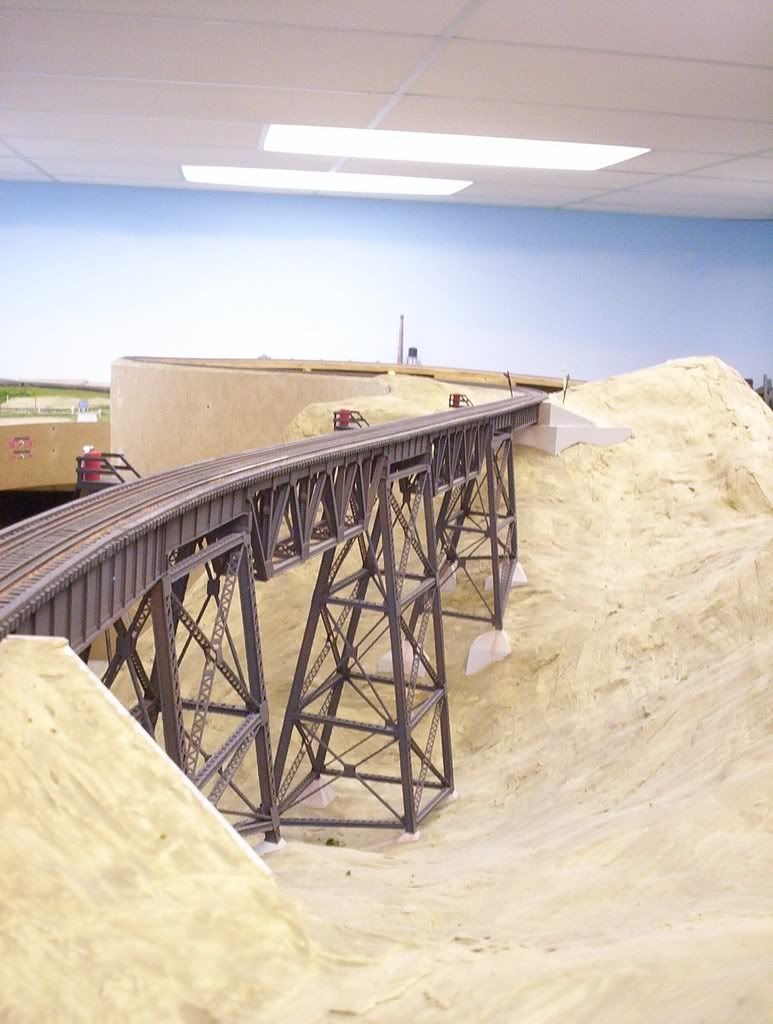

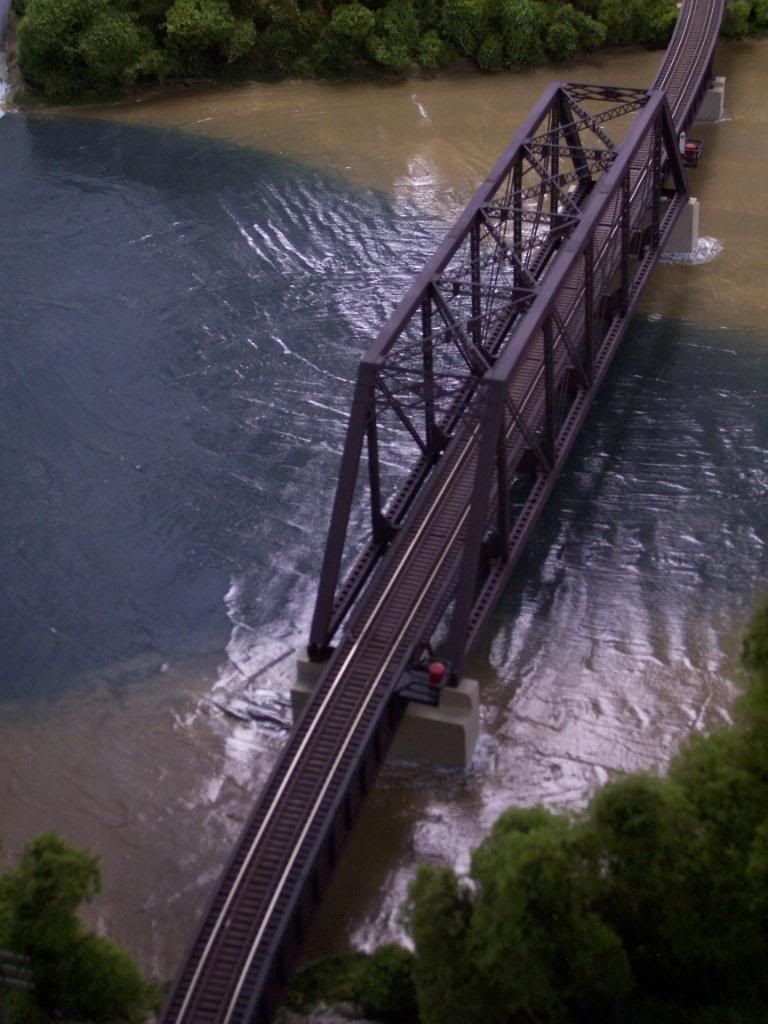
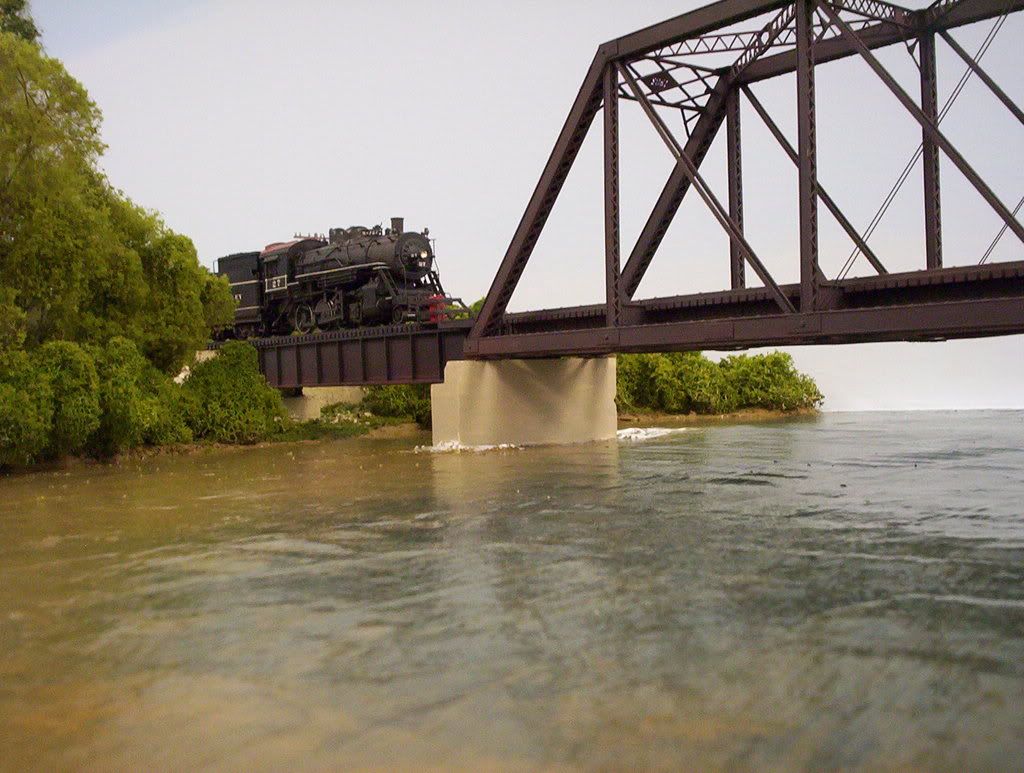
Wayne